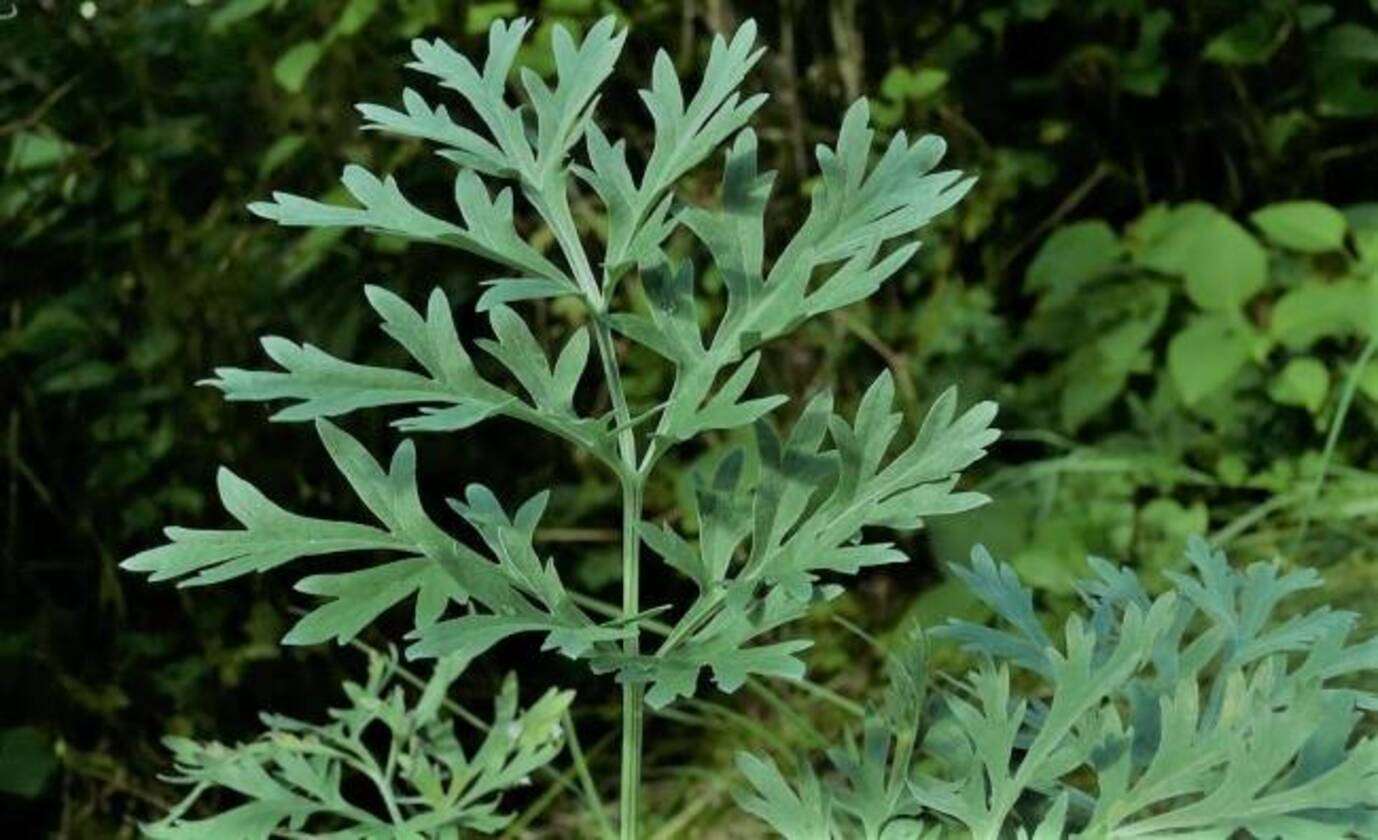Did you know that about 80% people in Africa still uses traditional African herbs, and medicine men? This is because in most rural areas, it is the most (and sometimes only) mode of treatment affordable. There’s inadequate access to western forms of treatment and modern forms of treatment in most rural parts of Africa.
Traditional African herbs is considered more powerful and efficient as it amalgamates animal, plants, spiritual therapies and mineral based medicines to improve general well-being and treat diseases. The art of using traditional medicine is one not common to everyone. This is because the skill is taught by apprenticeship and passed on from one generation of healers to the next.
Over the years, some traditional African herbs have become rare and can no longer be traced today. However, some have withstood the test of time and are still effective today as they were 100 years ago. I will highlight them below for you to have a better understanding and who knows? Maybe their functions will be beneficial to you. Here are the traditional African herbs that have withstood the test of time
Table of Contents
Traditional African Herbs that have withstood the test of Time
1. Eucalyptus (Eucalyptus globulus)

Eucalyptus is commonly referred to as the ‘thirsty tree’. Statistics have shown that it is the most planted tree in East Africa. It was used to cure respiratory problems and body pains associated with the nose, throat and lungs. When used as medicine its leaves are boiled in water and drank to help cure tonsilitis and sore throats. Fumes from boiled bark and leaves is inhaled to cure fevers and colds. The leaves were also used to cook refreshing eucalyptus infused tea. Today, eucalyptus-tree extracts have been used to make massage oils, herbal toothpastes, mouth wash, cough suppressants and sore throat strepsils and lozenges.
2. Devil’s claw ( Harpagophytum procumbens)

This plant-herb is native to Kalahari Desert of South and South East Africa. The savannahs of South Africa, Namibia and Botswana and has been in use since the 19th century. It has pain-leaving and anti-inflammatory properties. The medicine from the herb is derived from its roots. The roots and tubers are dried and sometimes crushed and drank with water. It was used by the Khoisan people of Southern Africa to cure indigestion and stimulate appetite, cure arthritis, body pain. Ointment derived from the roots was used on boils, healing sore and any appearing skin conditions. Today, it has been incorporated in modern pharmaceuticals to make drugs that help improve body immunity of patients with osteoarthritis and rheumatoid arthritis.
3. Buchu ( Agathosma betulina)
Buchu medicinal herb is derived from its leaf. It was commonly used to treat infections on the urethra and kidneys and urinary tract infections (UTIs). It was used as a stomach tonic and diuretic. The Buchu tea was also a common drink among women who were trying to lose that post-partum weight as it helped flush out impurities and burn stubborn belly fat. It is still used in modern medicine today to treat urinary tract infections and cysts in women.
4. Cape Aloe (Aloe ferox)
I should have probably begun my list with this herb, because it is one of the most common herbs known to man even today. This multi-purpose herb is considered a ‘wonder plant’. It has many long-term benefits. In almost every African home, there is an aloe vera plant sitting somewhere in the compound. Aloe vera sap is applied onto face to reduce appearance and rashes and irritation on acne. Once applied raw on the face it leaves a soft, glass-like, moisturizing feel on the skin. It also applied on baby bums to get rid of nappy rash. The sap is also used on burns and open cuts to kill germs and relieve pain. Aloe vera leaf can also be cut, boiled and drunk to lower blood sugar, lower cholesterol and treat constipation. It is considered to be one of the most powerful laxatives known to man. Today, it has been incorporated in soaps, toothpastes, creams and serums and laxative drugs.
Other herbs that are still in use include Cancer bush (Sutherlandia frutescens) that is used to improve quality of life in patients with HIV/AIDs and TB. Hoodia (Hoodia gordonii) is also an indigenous herb that is used as a weight suppressant. Green tea (Camellia sinesis)is a caffeinated leaf and natural anti-oxidant that is consumed to help soothe the skin and suppress appetite to promote weight loss.
In summation, herbs are known for detoxing and their anti-inflammatory benefits. The power of herbs 20 years ago, is still the same power and effectiveness herbs have today. Most pharmaceutical drugs are actually derived from herbs. Over the years, herbs have indeed proven to be superfoods that are nutrient dense and with long-term health benefits.


IM INTRESTED TO WORK WITH YOUR COMPANY